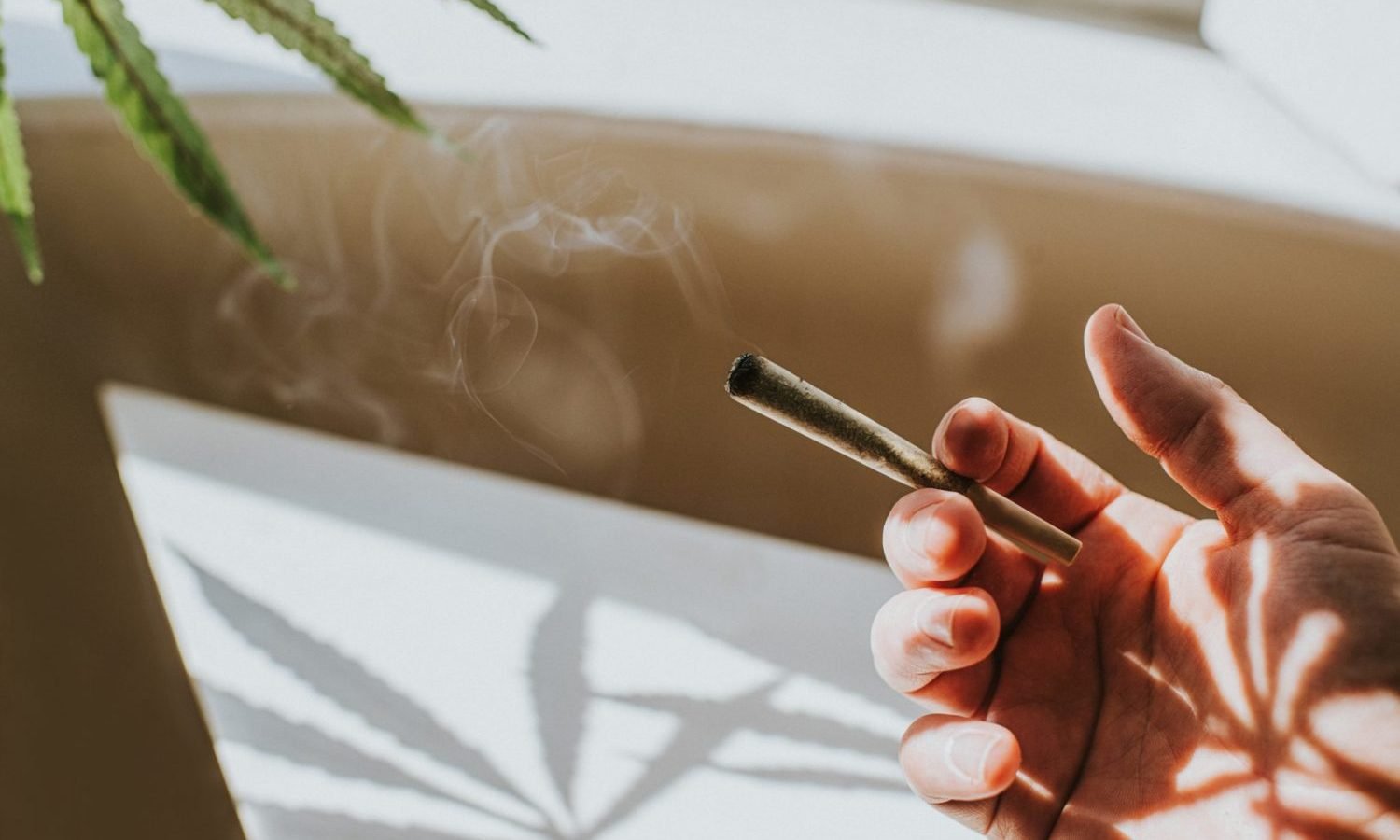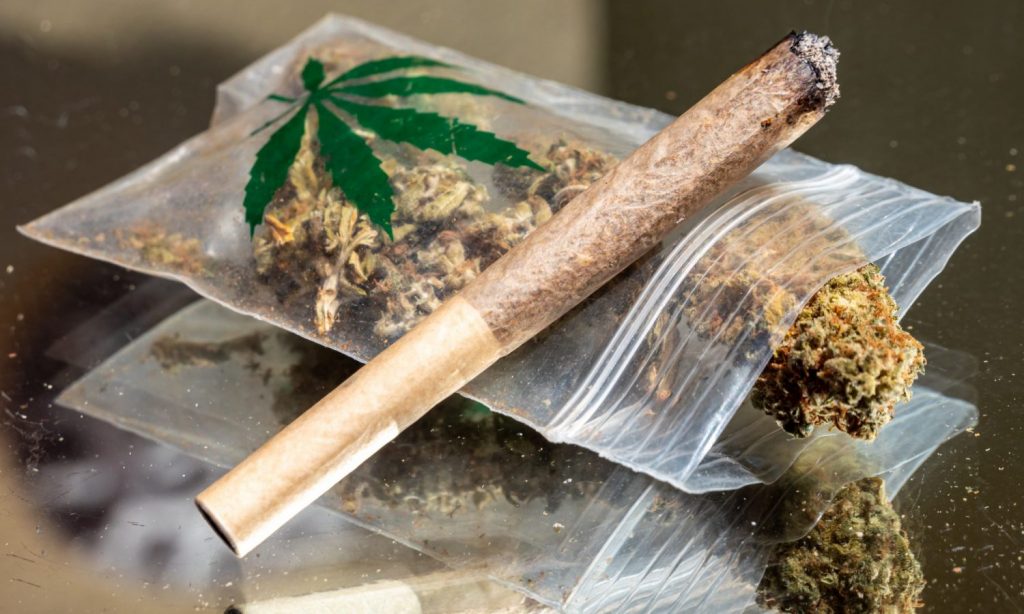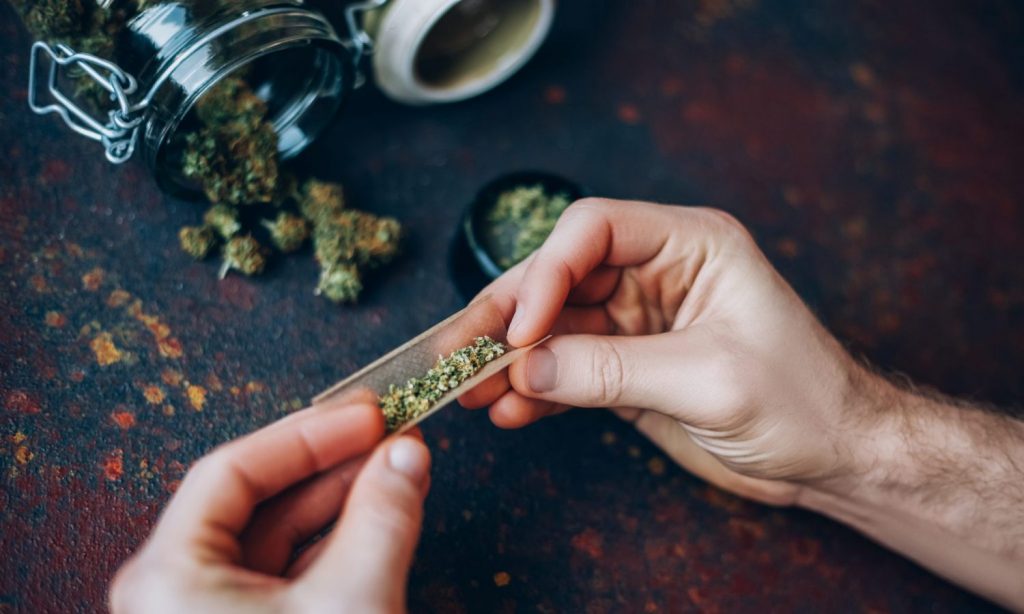
Cannabis products sold at licensed and reputable dispensaries are always labeled with their THC content. The value is written boldly on the package. Consumers that frequent these establishments are already used to seeing the THC content written in percentage or milligrams.
What is THC?
Delta-tetrahydrocannabinol (THC) is one of the major cannabinoid compounds present in cannabis plants. It is the main psychoactive compound. Molecules of this compound bind to brain receptors, and almost immediately, the neurotransmitter induces a “high”.

Cannabis breeders have pushed the boundaries of THC levels in the last 40 years. What stoners considered to be the highest THC level back then is merely a starting point for the hybrid varieties that are now in circulation. The growth of the cannabis industry can be compared to the rapid advancements in the computer industry.
Breeders now create plants with either a high THC percentage or a low THC percentage. These plants are then processed by manufacturers into cannabis extracts, edibles, flowers, etc which either have high THC concentration or low THC concentration.
There’s no specific quantity of THC that can be used to describe what a “high amount of THC” is. Scientific, personal, and commercial factors all play a role in this space. For example, some stoners get sky-high on THC levels of 15%, while some need it to be as high as 27% to feel any major effect.
High-THC Cannabis
Scientifically, the highest amount of THC that can be found in dried and cured buds of a weed variety is 30%. Modern breeders were able to achieve this feat by crossbreeding different premium varieties which originally have high levels of THC. These breeders are still hard at work trying to accommodate the demand for higher THC amounts.
When high levels of THC are consumed, the consciousness of the user gets altered intensely. Weed users from the 70s are usually amazed at how much progress breeders have made. A couple of decades ago, it took fewer THC levels like this to get stoned.
RELATED: You Have The Highest THC Strain — So What?
Using high levels of THC for the first time can leave the consumer feeling scared and confused, some say they were couch-locked for the entire time the drug stayed active. Subsequent use helps build tolerance, and users can then enjoy the relaxation, euphoria, happy and pleasantly intense effects of the drug.
The advancements in the THC numbers can also be attributed to commercial growers. These farmers have built and are still building on the genetic blueprint provided by modern breeders. They’ve also found amazing planting techniques that harness soil science knowledge and lighting technology to activate the genetic capability of each seed. Thanks to this, products are higher in cannabinoid, terpenes, and other important compounds concentrations

With high THC cannabis becoming more widely available, consumers will be able to get as high as possible without spending much. However, frequent use causes these consumers to develop a high tolerance. This results in quick cravings that need to be satisfied asap, meaning more cash is spent in the kong run trying to chase a high.
Growers Sometimes Fabricate High THC Levels
This concept is called THC inflation. At a point, it was observed that the numbers written on the packages were looking too good to be true. Shady companies that realize that consumers are always purchasing high prices have decided to alter their figures. To do this, they submit their product samples at multiple testing facilities, after which they settle on the highest percentage. Consumers are advised to remain vigilant while shopping for cannabis products. Having a trusted dispenser with a rock-solid reputation can guarantee the authenticity of the product label.
Consumption Method Determines THC Levels
The product labels of a product give the consumer an idea of what to expect, but the method of delivering THC into the body affects these expectations. Bioavailability explains this phenomenon better.
RELATED: THC Benefits That Have Nothing To Do With Getting High
Bioavailability determines the amount of THC that remains active when it is introduced to the body system. Depending on the consumption method, this percentage can either be altered greatly or mildly. Here are some ingestion method and their THC bioavailability rates
Oral
This involves consuming oils, edibles, and capsules and sending them through the GIT and liver. This method of administration delivers between 5% to 13% of THC to the body. The THC is converted to 11-hydroxy-THC by the liver. This compound is much more potent and induces intense effects.
Sublingual
Here, cannabis oils are placed under the tongue. Through diffusion, the cannabinoids are delivered inconsistently into the bloodstream. The effects are set in less time than that observed in oral because it bypasses the liver and goes through the oral mucosa instead. The expected THC bioavailability can fall anywhere from 4% to 41%.
Inhalation
This refers to consuming cannabis either by smoking or vaping. The cannabinoids are introduced to the lungs, after which they travel into the bloodstream with the aid of diffusion. The best rate of bioavailability is offered through inhalation. At least 30% THC remains active when it gets to the bloodstream.
Final Word
Displaying the THC percentage of cannabis products is important for consumers who likely want to know what they’re getting into before making a purchase. Recently, some breeders have begun to work with not only THC, but the entirety of the available active cannabinoids present in a cannabis plant.
The total active cannabinoid will give consumers a better description of what to expect after using the drug, unlike THC levels which only describe the expected potency of the product. Premium strains are available globally, and more focus should be directed towards improving its diverse profile instead of its THC levels alone.
For now, seed banks, growers, and dispensaries can focus on meeting the demand for high-level THC, while the breeders focus on getting the most out of the best strains.
This article originally appeared on Cannabis.net and has been reposted with permission.





